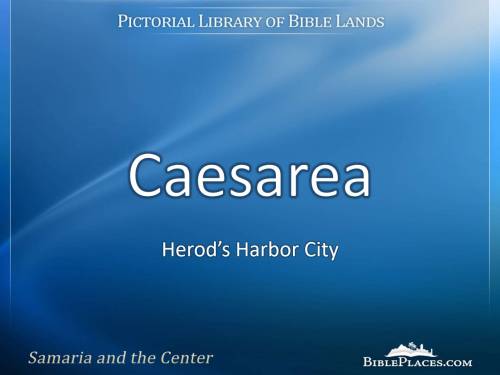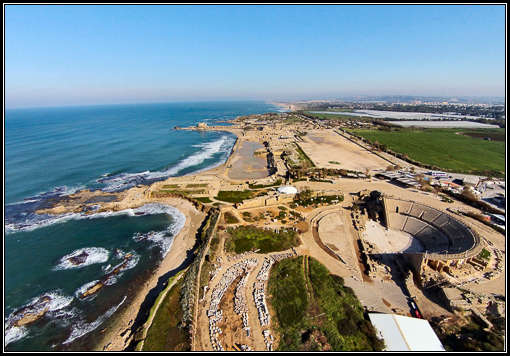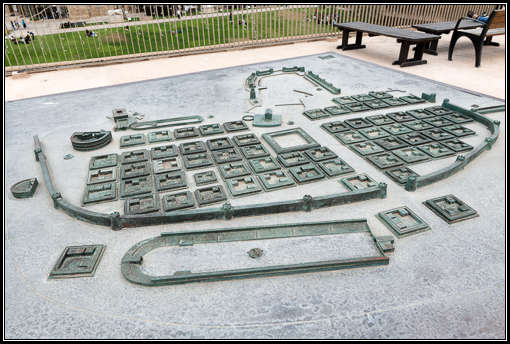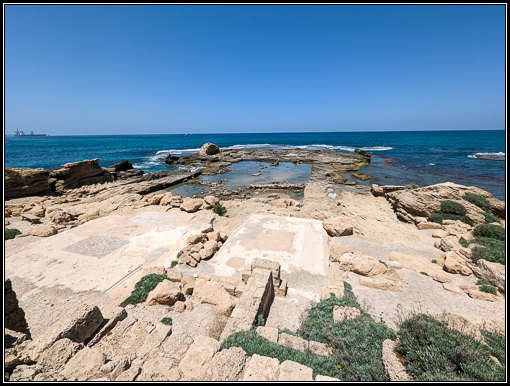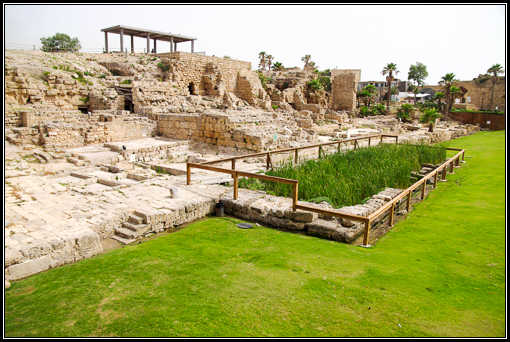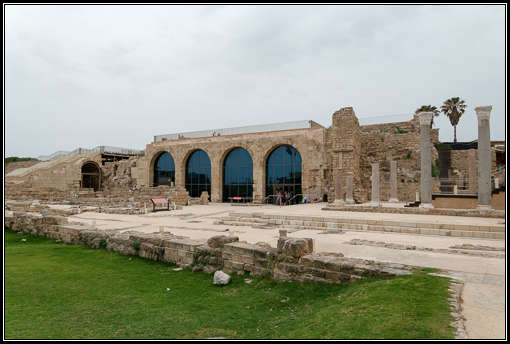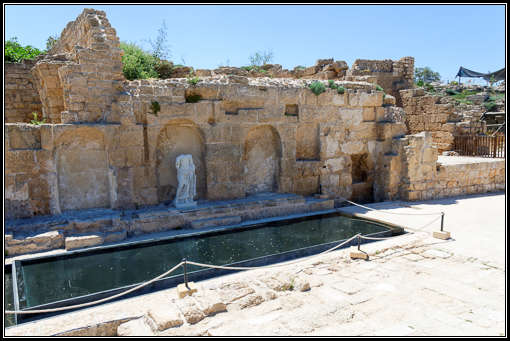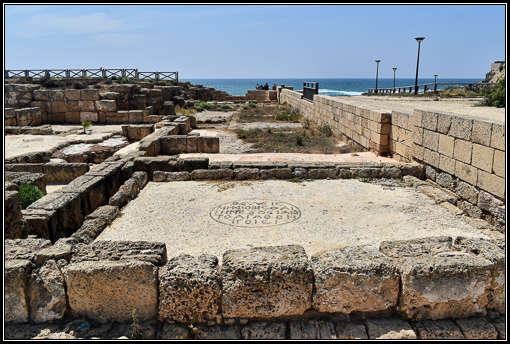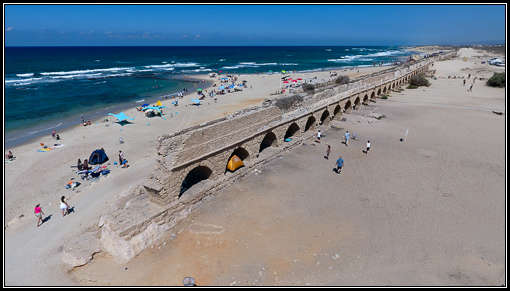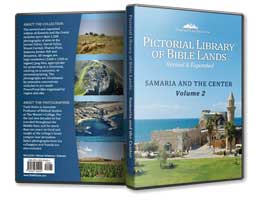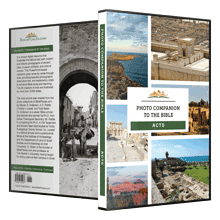Photo Companion
BiblePlaces Newsletter
Vol 23, #1 - January 29, 2024
I have lots of high expectations for 2024—especially for family, church, and teaching. But for the readers of this newsletter, my excitement is over the two massive and wonderful volumes we plan to complete and release. It will be by the Lord’s kind grace, to be sure, but we’re on schedule to finish two of the most challenging books to illustrate in the Old Testament.
We’ll kick that off in the next newsletter, but today we have an updated collection of photos of Caesarea Maritima. Caesarea is a familiar site to nearly all tourists visiting Israel, as many tour guides make it their first stop in the land. This updated photo set includes more than 150 photos, both old and new, beginning in the air and then touring the various Herodian highlights, from the theater and palace to the harbor and aqueduct.
Our updated photo sets are always free to those who own the volume—in this case, Samaria and the Center in the Pictorial Library of Bible Lands. This time we want to share it with all of our newsletter subscribers. Below you will find links to download the Caesarea photos and PowerPoint. The PowerPoint has the advantages of (1) being sequentially arranged and (2) including explanatory notes. The jpg images provide higher resolution.
If you like what you see, you may also like the Samaria and the Center volume (1,200 photos for $39) and the Acts volume (4,200 slides for $119). The Samaria volume provides images organized by region and site. The Acts volume is arranged by chapter and verse and includes much more than landscape photos. You are welcome to share this newsletter and this free set of Caesarea photos with anyone. Thank you for your support.
Todd Bolen
Photographer, BiblePlaces.com
Professor of Biblical Studies, The Master’s University
Three Free Books
David Ussishkin has made available the complete pdfs of three of his English books published by the Israel Exploration Society. An Academia account is required to download them, but you can sign up for an account for free. The three books that Ussishkin is so generously giving away are:
Biblical Lachish: A Tale of Construction, Destruction, Excavation and Restoration (2014; 446 pages; $73 used on Amazon).
Ussishkin excavated Lachish for 15 years, providing a more complete and accurate understanding of the site than multiple expeditions that worked there in the last century. I really enjoyed this popular-level account of the experience and their discoveries. When time permits, I hope to share some of my favorite quotes and stories on the BiblePlaces Blog.
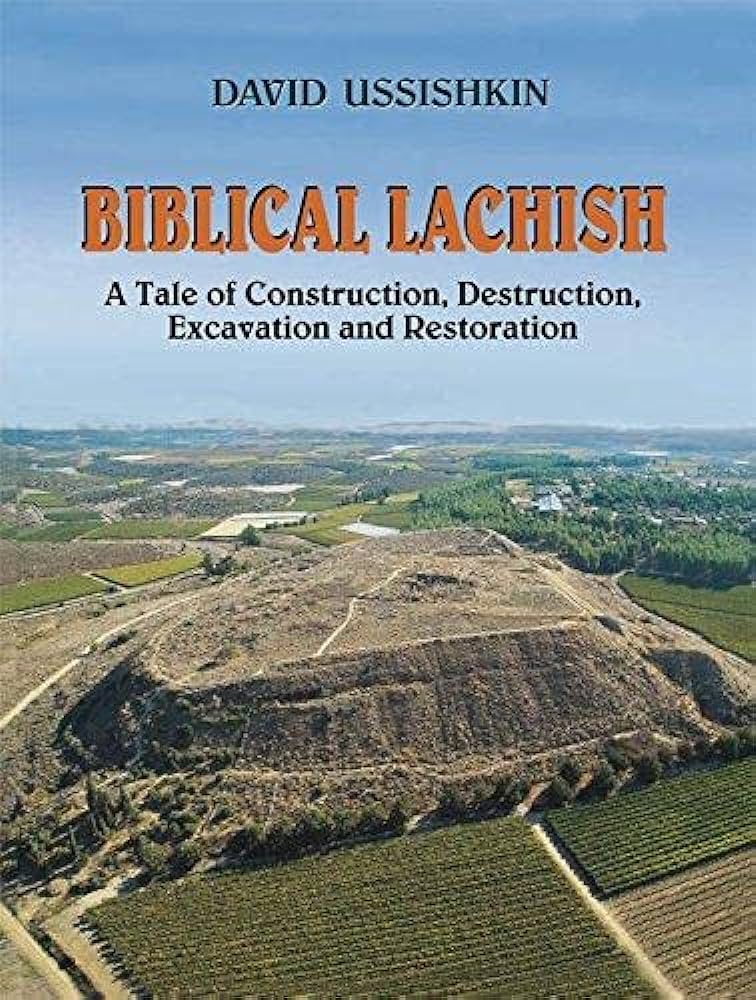
Megiddo-Armageddon: The Story of the Canaanite and Israelite City (2018; 480 pages; $68 used on Amazon)
After finishing his work at Lachish, Ussishkin became a co-director of excavations at Megiddo. I purchased this book when it first came out, but I haven’t read it yet. At the cost of free, you don’t have to risk much to pick it up.
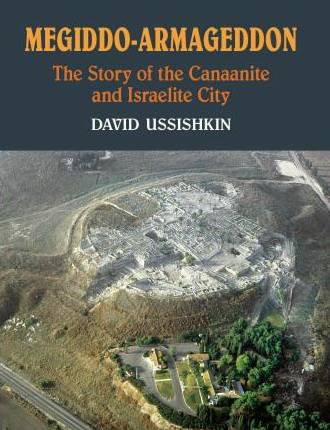
The Village of Silwan: The Necropolis from the Period of the Judean Kingdom (1993, 376 pages, $205 used on Amazon, but cheaper here)
I would guess that this book will be the least popular to readers of this newsletter, but it is not to me. I was nurtured in my archaeological infancy with tales from Ussishkin’s partner in a most remarkable Israeli survey of the (typically hostile) Arab village on the southern end of the Mount of Olives. The Israelite cemetery here includes 50 rock-hewn tombs, including the famous Tomb of Pharaoh’s Daughter and the Tomb of the Royal Steward. And yes, some of these ancient tombs now serve as bedrooms for houses built up against the rock escarpment.
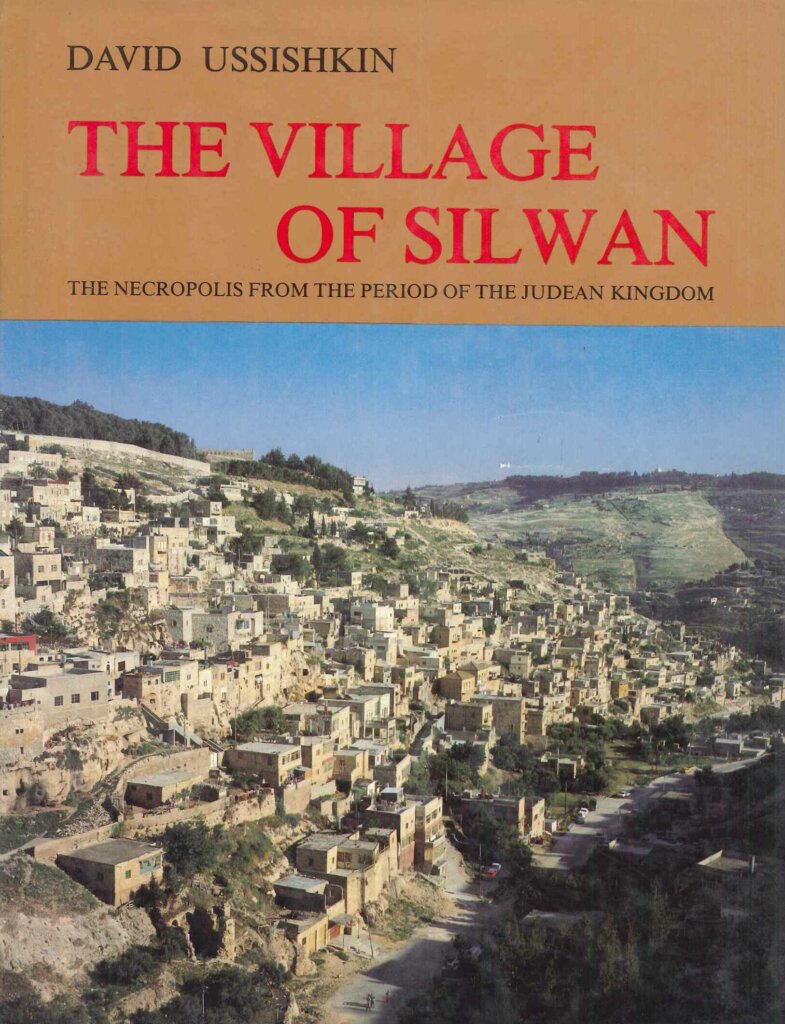
The Photo Companion to the Bible
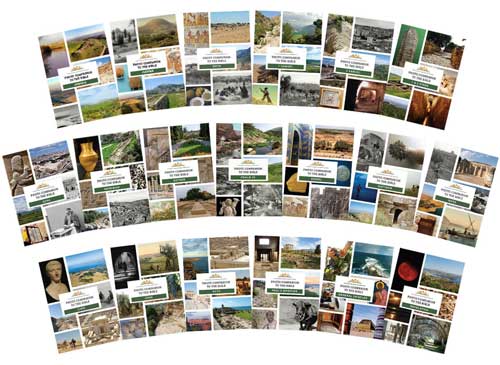
Old Testament (12 volumes, 25,000 slides): Joshua, Judges, Ruth, 1 Samuel, 2 Samuel, 1 Kings, 2 Kings, Ezra, Nehemiah, Esther, Psalm 23, and Daniel
New Testament (19 volumes, 30,000 slides): Matthew, Mark, Luke, John, Acts, Romans, 1 Corinthians, 2 Corinthians, Galatians, Ephesians, Philippians, Colossians and Philemon, 1 & 2 Thessalonians, 1 & 2 Timothy, Titus, Hebrews, James, 1 & 2 Peter, Jude, 1, 2, & 3 John, and Revelation
COMPLETE SET (31 volumes): Purchased individually: $1,700;
Set Discount: $599
A Photo Every Day
Featured BiblePlaces Photos:
Caesarea on the Sea
The featured photos this month are of Caesarea Maritima, the famous port city constructed by King Herod in the decades before the birth of Jesus. Caesarea is best known in the New Testament as the place where the Gentiles first believed in Jesus as the Messiah. It is mentioned several other times in Acts, including as the setting for Herod Agrippa I’s death, Philip and his four daughters’ home, and Paul’s testimony before Felix, Festus, and Agrippa II.
The photos below are a sample of the full set of Caesarea photos that we are making available to all subscribers in PowerPoint format and jpg format (all jpgs; only new jpgs). This collection and many others like it make up the Samaria and the Center volume in the Pictorial Library of Bible Lands. Another collection with many photos of Caesarea is Acts in the Photo Companion to the Bible.
King Herod transformed Caesarea into a great port city after he received the humble village of Strato’s Tower as a gift from Caesar Augustus in 30 BC. Renaming the city after its giver, Herod also named the port Sebastos, the Greek name for Augustus.
Construction began in 22 BC, and Caesarea was dedicated twelve years later. The city had a size of 170 acres and a population in Herod’s day of 100,000, making it even larger than Jerusalem. The city’s value lay primarily in its massive harbor, providing access to Rome and ports to the west, which increased trade. In addition to the usual terms of commerce, ships brought Roman dignitaries and building materials for Herod’s construction projects. Herod adorned the city with a palace, theater, hippodrome, and temple.
This model located at the harbor lookout fills in some of the details that have not been excavated or preserved. The most significant features are located along the coast, from left to right on the far side of the model: the theater, palace, hippodrome, temple, and harbor. This model depicts walls protecting the city, though archaeologists have debated how early they existed in the city’s history. The prominent hippodrome in the foreground was built in the time of the Emperor Hadrian, and the older hippodrome near the seashore was then converted to an amphitheater.
Herod’s palaces are renowned throughout Israel, and his palace at Caesarea is another marvel of his masterful engineering. The palace juts out on a promontory into the Mediterranean Sea, and its centerpiece is a pool that is nearly Olympic in size. Water channels from the shore indicate that the pool was filled with fresh water, and a square pedestal in the center probably supported a statue. In the foreground of this photo the beautiful mosaics that decorated an ornate dining room have been uncovered by archaeologists. The walls of the palace were plastered and painted to give the polished effect of finer stone. In addition to the lower terrace shown here, the upper terrace included administrative buildings, a colonnaded courtyard, and gardens.
Herod’s massive harbor not only extended out into the sea far beyond the modern port structures, but it included the area now silted in and covered with grass. Ships docking at the eastern wharf shown here deposited travelers at the base of the temple dedicated by Herod to Emperor Augustus and the goddess Roma. The temple was built above massive warehouses where goods were stored while in transit.
This monumental fountain (nymphaeum) was built in the 1st century AD. The fountain was originally decorated with painted plaster, and its three niches were filled with statues. The structure was incorporated into the northwestern corner of the adjacent temple’s foundation, and it stood at a major junction on the city’s main street, near the harbor, making it a prominent landmark.
For more beautiful photos of Israel, purchase the Samaria and the Center volume (1,200 photos for $39). Or buy Acts for only $119 (4,200 slides). Download is immediate, DVD shipping is free, and satisfaction is guaranteed.
All contents © 2024 Todd Bolen. Text and photographs may be used for personal and educational use with attribution. Commercial use requires written permission.



